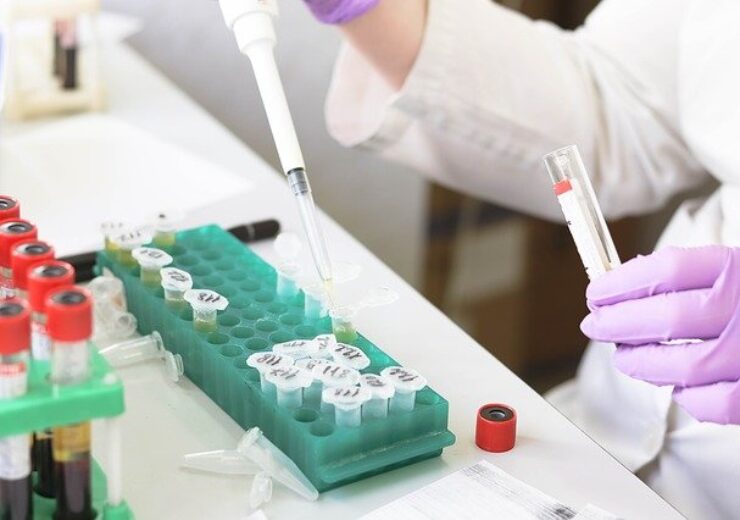OmniGraf is claimed to be the only combination biomarker panel that offers the earliest indication of rejection in kidney transplant recipients

Transplant Genomics has introduced combination biomarker panel called OmniGraf. (Credit: Belova59 from Pixabay)
Diagnostics company Transplant Genomics (TGI) has introduced a new combination biomarker panel called OmniGraf for renal transplant recipients.
OmniGraf is said to combine the TruGraf blood gene expression test and Viracor TRAC donor-derived cell-free DNA assays.
It is claimed to be the only combination biomarker panel, which offers the earliest indication of rejection in kidney transplant recipients.
OmniGraf Kidney is also the first diagnostic tool that combines cell free DNA and gene expression data, said the company.
The test provides patients the earliest and most precise view of kidney transplant rejection when combined with the company’s technology and machine learning.
Omnigraf Kidney delivers a detailed view of both subclinical acute rejection and clinical acute rejection with the highest positive predictive value (PPV) and negative predictive value (NPV) available in a diagnostic panel.
The diagnostic tool provides it through the gene expression from TruGraf and the donor-derived cell-free DNA of the Viracor TRAC test.
Eurofins CEO Dr Gilles Martin said: “We are very pleased to have collaborated with Northwestern University on this highly innovative test which will facilitate speed and accuracy in rejection detection, and, critically, improve patient outcomes.
“This partnership highlights the Group’s commitment to innovation and the advancement of science to improve the health and safety of our world.
“We look forward to the roll out of this test to medical institutions globally, so transplant patients and healthcare professionals can benefit from strengthened insights to inform treatment decisions.”
OmniGraf is designed to simplify sample collection and logistics and needs six millilitres(mL) of blood, which can be collected through a routine phlebotomy draw.
